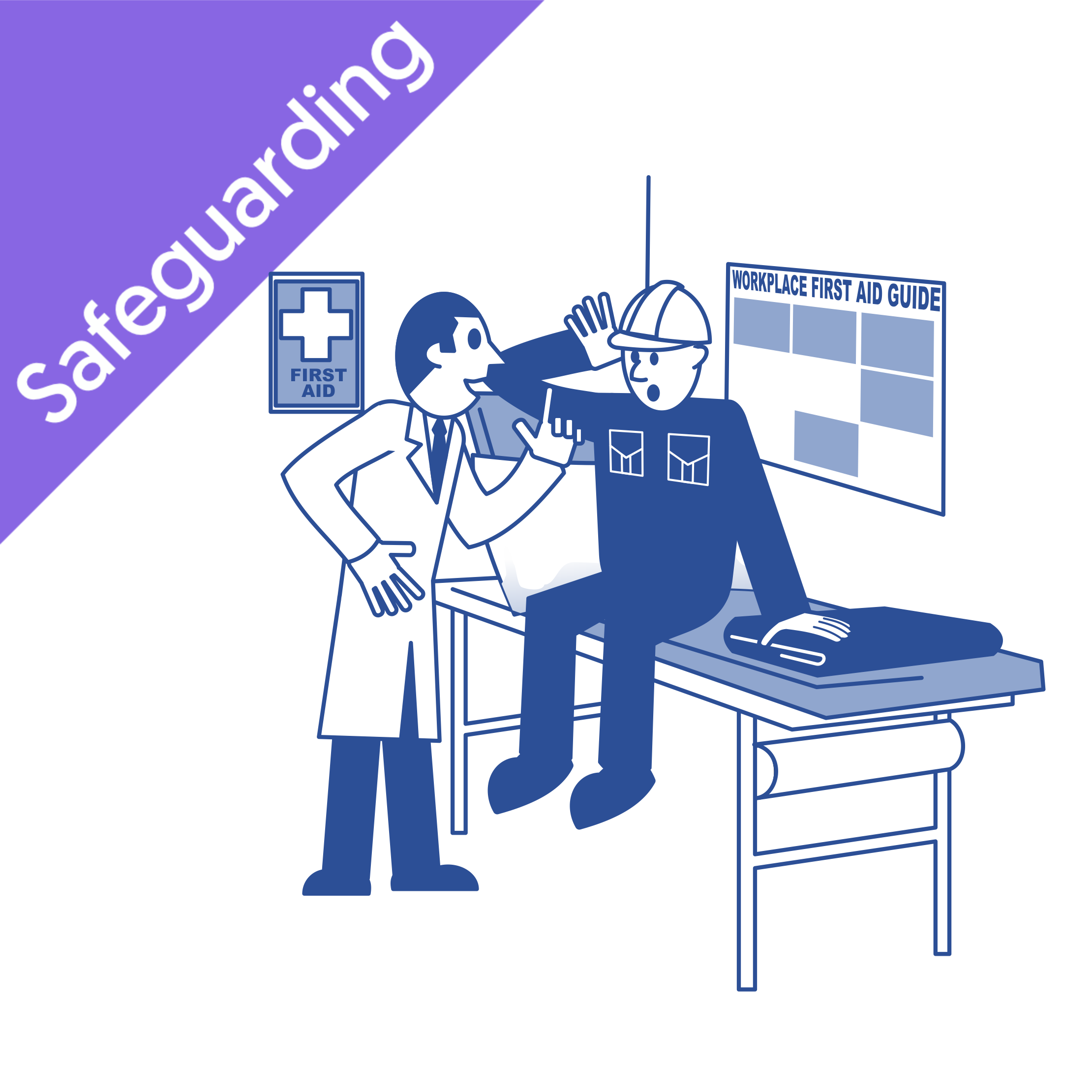It is important to note that the information provided in this article is not exhaustive, and that you should always report anything you think could indicate that a child is being mistreated, even if it is not explicitly mentioned here.
Recognising abuse
There are several indicators that a child is experiencing abuse. For example, you may notice a mark or sudden change in the child's behaviour, or see that the child's parents or caregivers are acting inappropriately towards them. In some cases, a vulnerable child themselves may confide in you about the abuse that they are experiencing.
Before looking at some of the signs in detail, it is important to remember:
- Many of the signs and indicators are the same for different types of abuse. For example, becoming quiet and withdrawn can be a sign of emotional abuse and a sign of physical abuse. For this reason, you should avoid making assumptions or quick judgements about the kind of abuse a child is experiencing.
- It is not your responsibility to diagnose abuse - all you need to do is recognise and report any possible concerns to a responsible person who is able to investigate them. For more information on how to handle disclosure consider reading our detailed article: Handling Disclosure.
- If a child displays signs or indicators of abuse, this does not necessarily mean that they are being abused. There may be an innocent explanation for their behaviour, such as the recent bereavement or illness of a family member.
Signs of violence or abuse
Some of the main signs of abuse include:
- Aggressive or nervous behaviour.
- Sudden behavioural changes.
- Bruising, bite or burn marks, broken bones or self-harm.
- Flinching, hinting at secrets, or fear of making mistakes.
- Frequent absences.
- Stealing food or clothing.
- Fear of a specific individual.
- Difficulties forming and maintaining relationships.
Impact of abuse
There are several development stages that children go through, and most of them meet these developmental milestones at roughly the same age. These stages are as follows:
- Large movements: using large groups of muscles to sit, stand, walk, run, keep balance and change positions.
- Fine movements: using their hands to eat, draw, dress, play, write and more.
- Thinking: learning, understanding, problem-solving, reasoning and remembering.
- Language: speaking, hearing, using body language and gestures, communicating, and understanding what others say.
- Social behaviour and play: interacting with others, forming relationships with family, friends and teachers, cooperating, and responding to the feelings of others.
Abuse can have a detrimental impact on a child’s development and cause them to miss some of these milestones, or reach them significantly later than expected. For example, a neglected or abused child may have difficulties forming relationships with other children or adults.
Also, while it is hard to make direct links between experiences of child abuse and problems in later life, it has been seen to cause several issues in adults such as depression, anxiety and post-traumatic stress disorder.
At Commodious, we offer several safeguarding training courses designed for those who work with, or around, children. They explore safeguarding legislation and guidance, and explain how to recognise, respond, report and record abuse. To find out more, use the links below:








